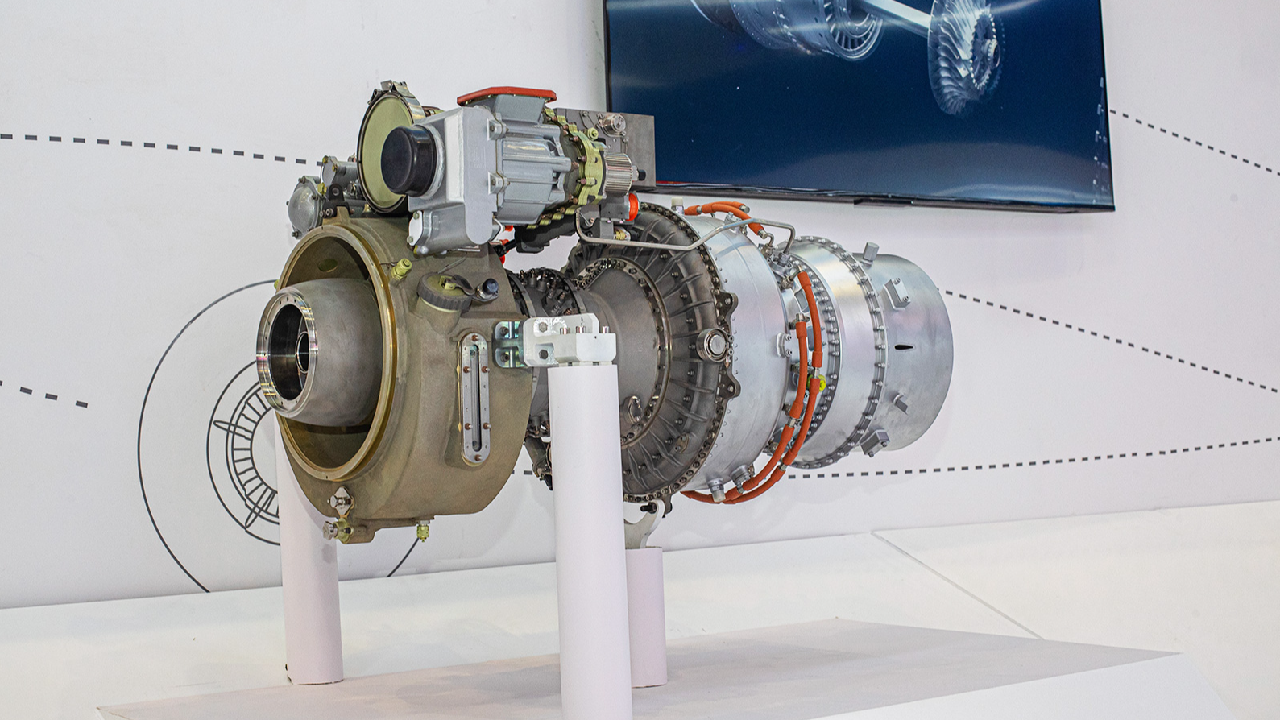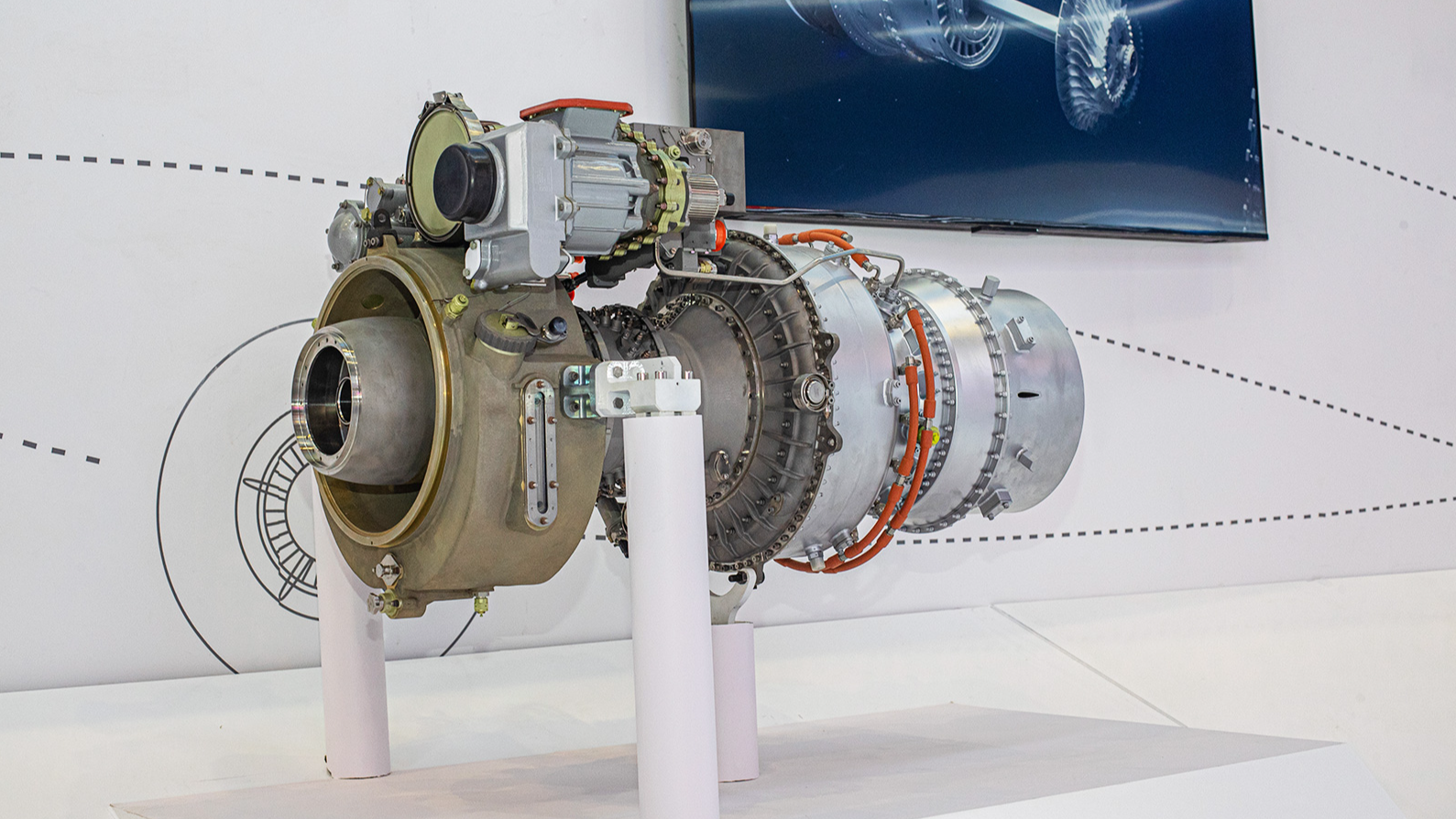China's homegrown aircraft engine makes breakthrough in icing test
China has successfully completed rigorous ice formation airplane engine testing for its self-developed AES100 advanced civil turboshaft engine, marking a major breakthrough in aircraft engine certification technology, according to the Aero Engine Corporation of China on Monday.


China has successfully completed rigorous ice formation airplane engine testing for its self-developed AES100 advanced civil turboshaft engine, marking a major breakthrough in aircraft engine certification technology, according to the Aero Engine Corporation of China (AECC) on Monday.
The AES100 engine is China's first fully independently-developed, advanced civil turboshaft engine which meets the international standards and is mainly employed in civil helicopters.
The take-off power of the turboshaft engine AES100 turboshaft engine is no less than 1000kW, and it can be equipped with a 5-6 tonne twin-engine helicopter or a 3-tonne single-engine helicopter, according to the official website of AECC.
The AECC said the AES100 turboshaft engine has the advantages of high efficiency, low fuel consumption, long lifespan, high reliability, and meets the needs of a wide range of fields.
The ice formation test is to simulate severe icing weather conditions created by some special equipment, aiming to verify the safety and reliability of the engine when operating under such conditions as the engine must be able to work when the water in the fuel forms ice crystals and enters the engine fuel system without adding anti-icing additives in the test.
It is said the fuel icing airworthiness compliance test is one of the most stringent tests among civil aircraft high-altitude platform airworthiness tests.
This successful testing signifies an important milestone in China's aviation industry, showing prowess towards achieving complete self-reliance in aircraft manufacturing.
Discover more Science and Technology news updates in TROIB Sci-Tech












